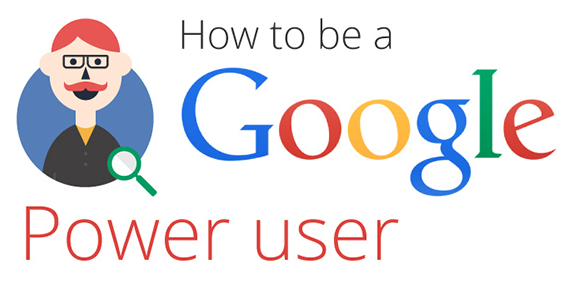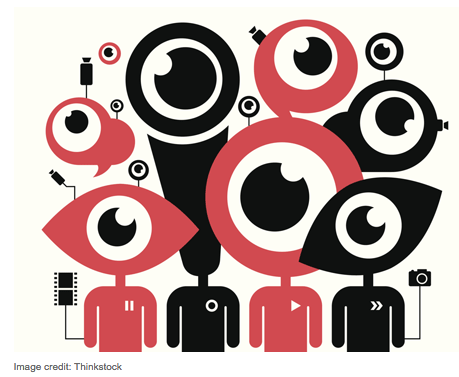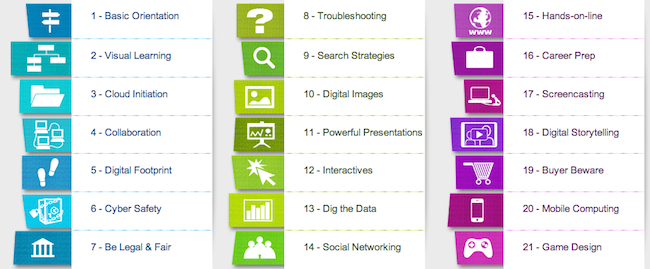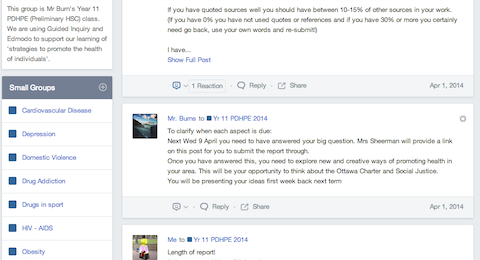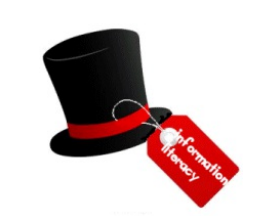Every year I am amazed at the way in which my role somehow changes and morphs around how I am needed in the current teaching and learning situation. The basic role of managing resources both physical and digital remains the same but the scope and vision of my role changes as teaching and learning needs arise that can be met by the school library and teacher librarians.
The American Association of School Librarians has developed “National School Library Standards for Learners, School Librarians, and School Libraries” (AASL Standards) which build on the already adopted AASL Standards Framework for Learners. The teacher librarian plays a vital role in supporting learning within these standards.
Scott Beck, in his recent post on the National Association of Secondary School Principals blog (NASSP) entitled The nonnegotiable role of school librarians, quotes Ted Dintersmith and Tony Wagner from their 2016 book Most Likely to Succeed about the skills needed in the 21 Century.
-
-
-
- Critical thinking and problem-solving
- Collaboration across networks
- Agility and adaptability
- Initiative and entrepreneurship
- Effective oral, written, and multimedia communication
- Accessing and analyzing information
- Curiosity and imagination
-
-
He goes on to say that:
“School librarians are the resident experts in the development of these skills. Accessing and analyzing information, collaborating across networks, cultivating curiosity and imagination—this is the life blood of an outstanding school library. More importantly, these are the skills that will allow our students to become thoughtful and engaged citizens equipped to navigate a world full of increasingly complex information.”




